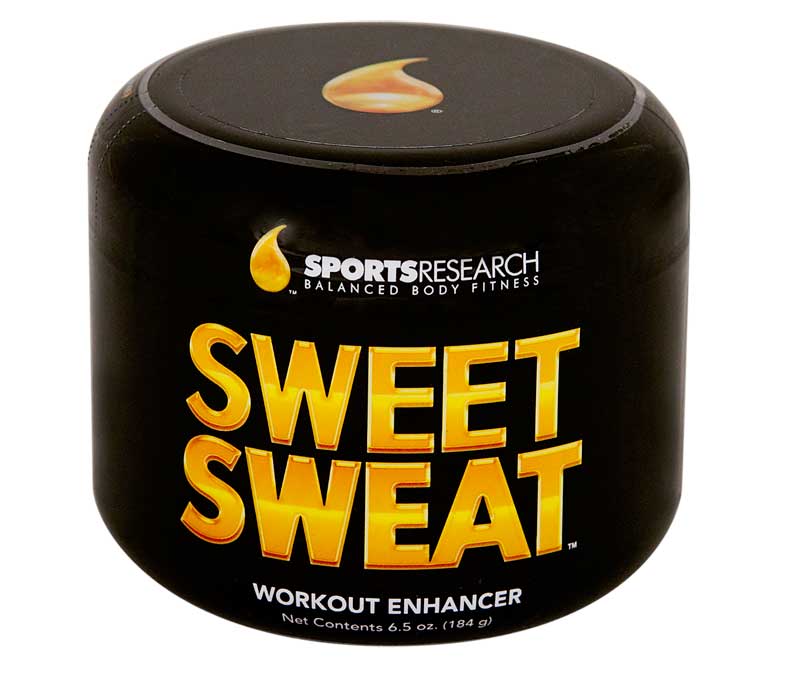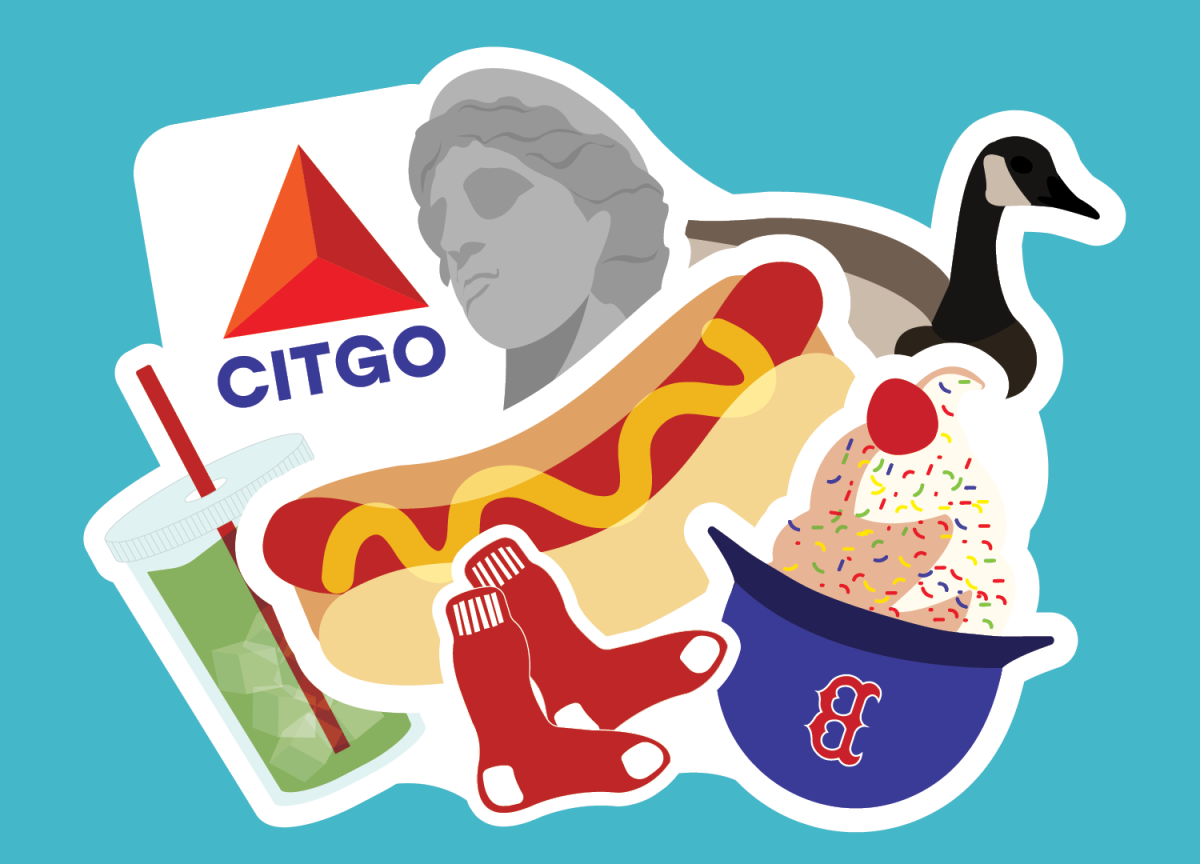Hosting events that are engaging, well-attended, and effective for all attendees is a crucial part of student involvement. There are many aspects that comprise a successful event, such as advertising, determining when the event will take place, and making sure that everyone who attends the event is comfortable and can partake in the planned activity.
Inclusivity is a key element of any successful event—not only for established members of the group or club, if it is a club-held event, but especially for new attendees.
No matter what the size or focus of the event, there is another important point to consider: whether the food served at the event adds to the overall inclusivity of the event itself. For some events, like concerts, this may not be much of a concern, as there may be no refreshments.
However, for events that either incidentally or directly involve food, such as hall teas, club meetings, student leadership conferences, or film screenings, ensuring that the food served at the event can be consumed by the majority of attendees is not always a trivial matter.
Frequently, the food served at Simmons events features many meat-based entrees, as well as food containing allergens such as dairy, nuts, or gluten. While having meat as an available food choice at an event is acceptable, it’s also important to remember that some people attending these events may be vegetarian or vegan, or may not be able to eat certain meats for religious or digestive reasons.
Making sure that the food served provides options for everyone is not just a matter of health; it is a matter of inclusion. Showing up to an event only to discover that none of the food provided is nutritionally viable is a negative experience, and even if the food is not the primary focus of the event, it still indicates that the group hosting did not consider its attendees.
Meat, dairy, and gluten may not be viable food choices for everyone, but if they are appropriately labeled, then it is possible to avoid them. However, many events feature food with peanuts (such as candies containing peanuts or peanut butter, which traditionally are common at hall meetings and bake sales), which are an airborne allergen and can be deadly for some people even if they are not consumed.
While providing food may not be the focus of a certain event, it is important to consider whether or not there is something there for everyone. Whether this means providing some gluten-free options, a salad with the cheese served on the side, or avoiding some allergens entirely, it is still absolutely possible to include many delicious options and ensure that all of the people present at the event feel comfortable with the snack or meal selections.
Having food for everyone is one important part of inclusivity at events, and something as simple as making sure that everyone present has something to eat can go a long way towards creating an environment that is welcoming to people of all dietary needs.
On a related note:
As Halloween approaches, children all over the country are eagerly preparing themselves for that magical night where reality fades away for a few hours, and a resplendent world filled with superheroes, princesses, pirates, and candy—lots of candy—takes its place.
But for an ever growing number of children, the magic of Halloween is somewhat diminished by their inability to enjoy the majority of the candy they receive when trick or treating.
According to a survey done by Food Allergy Research and Education (FARE) in 2013, food sensitivities and allergies affect one in every thirteen children, up nearly 50 percent from 1997.
This year, a new campaign from FARE is aiming to make Halloween enjoyable—and safe—for all children regardless of their dietary restrictions. The Teal Pumpkin Project encourages families to give out inexpensive non-food treats—temporary tattoos, glow sticks, bubbles, etc.—to trick-or-treaters instead of edible items. Those participating in the movement simply place a pumpkin that has been painted teal by their front door as a sign that the residence is allergy friendly.
This is a great project that will bring the magic of Halloween back to thousands of children all over the country. To learn more about the Teal Pumpkin Project, visit foodallergy.org.




















